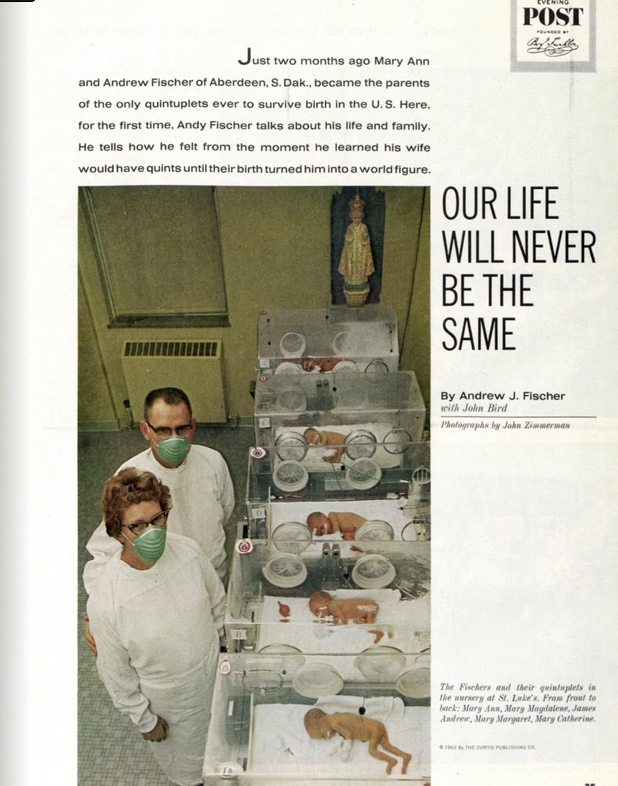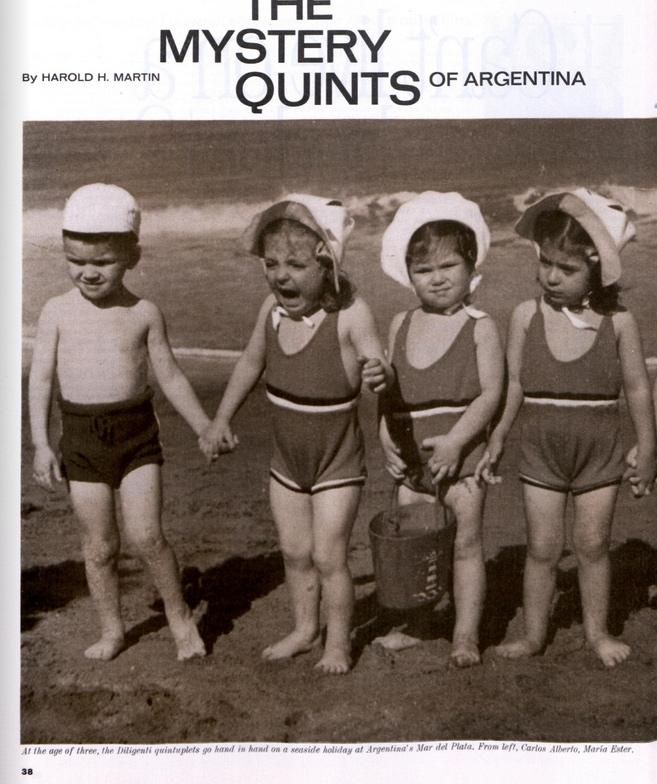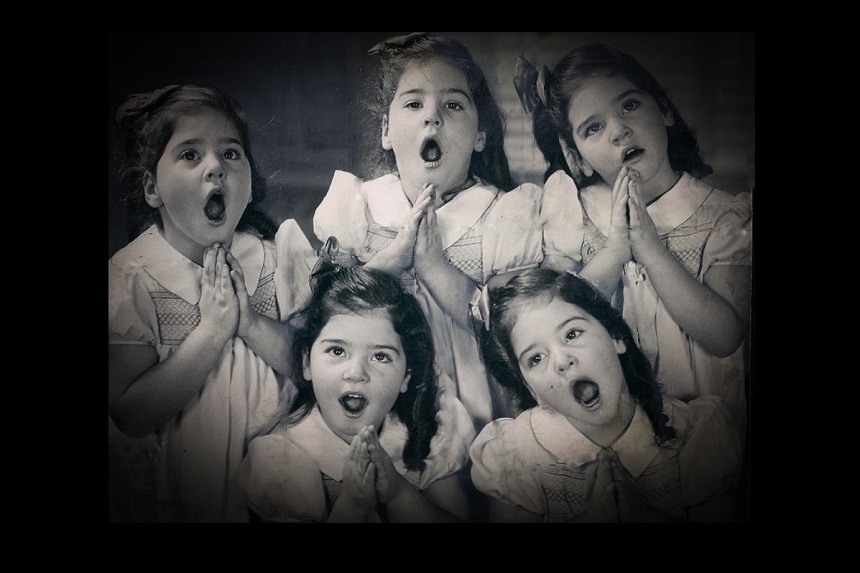A friend recently introduced me to her “latest obsession,” the Busby quintuplets of the TLC series OutDaughtered. Adam and Danielle Busby have the only all-girl quintuplets in the U.S. (unless there is another family out there in hiding), and they wrapped up a fourth season of their reality television show last year. My infatuated friend showed me a video from the family’s YouTube channel in which the girls, on Adam’s birthday, stand around a table while their dad blows out the candles on a cookie cake. So what? I thought, They’re cute enough, but what’s the big deal? Since the video has garnered over 15 million views — and the Busby’s YouTube channel has around 836,000 subscribers — I must have been missing something.
The chance of giving birth to quintuplets spontaneously is about one in 54 million. The odds of multiple births are increased, however, if in vitro fertilization or other fertility drugs are involved or if the mother is over age 30. Since all of these factors are more common in births in recent decades, the percentage of twins, triplets, and beyond has reached an all-time high. Still, for many, a complete set of siblings like the Busbys tickles the imagination in various ways. Whether it’s the perceived miracle of such slim odds or an instinctual preoccupation with fertility, we can’t seem to get enough of these families of abundance.
The tendency to turn one’s life into a TV show is relatively new, but widespread fascination with quintuplets is not. In 1963, the quite-publicized Fischer quintuplets were born in South Dakota, and they were the first known set of quintuplets to survive in the U.S. One week before that, five sons were born to a family in Venezuela, having caused a similar stir in the media. The Dionne quintuplets, of Canada in 1934, had been the first to survive infancy, as most knew at the time. What many people didn’t know was that another set of quintuplets was hiding out in Argentina.
The Diligenti family, headed by the patriarch Franco, had quietly raised three daughters and two sons outside of Buenos Aires after receiving the ultimate blessing in 1943, as Harold Martin reported in this magazine in “The Mystery Quints of Argentina.” The Diligenti quintuplets were not merely forgotten; they were hidden from the public eye purposefully by means of deceptive paperwork and a somewhat sequestered lifestyle.
“I do not want my children converted into monsters who have to stand as freaks before public curiosity,” Señor Diligenti claimed, when reporters finally caught on to his secret. He registered the infants in different towns and on different dates to avoid attention from the media. Since his wife, Ana Aversano de Diligenti, delivered with only a midwife and her niece present, the day of the quintuplets’ birth was shrouded in mystery — and greatly confounded doctors — until the family decided it would benefit science to come out with their story.
Diligenti spent 19 and a half hours in labor, spending two of those delivering her five children. After copious stimulants and resuscitation of one of the babies, Angela Delfino de Dominguez, Diligenti’s midwife, was happy to report all of the quintuplets were alive, although small:
The mother is now completely exhausted; she is almost unconscious from loss of blood and shock. She is given injections of caffeine and ergot. She takes coffee with brandy. The mother shudders with cold for half an hour. She gets gradually better, but is very excited. When Mrs. Delfino insists she must call a doctor to report the birth, Mrs. Diligenti gets out of bed, extremely excited, and faints. (“I was in the hall telling my niece to go for the doctor,” Mrs. Delfino remembers. “She got out of bed and told me if I called a doctor, she would cast herself down the stairwell. She made me swear on the picture of my son that I would tell no one what had happened.”)
Since Mr. Diligenti was a successful businessman, he was able to move the quints to a luxurious, secluded mansion in another neighborhood, complete with an Italian Renaissance-style mural of the five babies and their mother. When he began to suspect they were growing up too much like a “mafia,” with similar interests and mischievous motives, he sent each of his quintuplets to a different boarding school.
The Argentinian government caught onto the family in 1945, and Diligenti was investigated for falsifying the registration of his children. A magistrate cleared the two parents and the midwife of all charges, however, given an understanding that the deception was carried out in an attempt to protect the family from publicity.
Like the Diligenti’s, the stories of Kate Plus 8 or “Octomom,” represent parenting as an extreme sport. They depict the daily difficulties of fits, diapers, and mischief, but in multiples. If the stress of raising five babies at once is high, then the love and fulfillment experienced by the parents must be exponential, right? As a non-parent, I can’t pretend to know, but as my Busby-obsessed friend says, “They’re, like, the perfect millennial parents. They have five girls, and they’re so organized, and take care of them so well. I’m inspired. If Danielle Busby can corral her quints with a smile on her face, then I can find the energy to play with my own son a little longer after a hard day.”


Become a Saturday Evening Post member and enjoy unlimited access. Subscribe now




Comments
I saw this story because I was curious as to how the Diligentis are doing nowadays. Do you have that information?
This article is certainly unusual on an unusual topic, Nicholas. Five children, all at once! It’s extremely overwhelming to say the least, but I wish all of these families the very best. As for myself, one canine ‘son’ or ‘daughter’ at a time is best; especially in a day and age like this.
“Dad’ rarely ever has to deal with problems, expenses are low, and play dates are always available at the local dog park. Best of all, there are often single women looking for fun and laughs themselves; and we have our low maintenance, four-legged ‘children’ to thank!